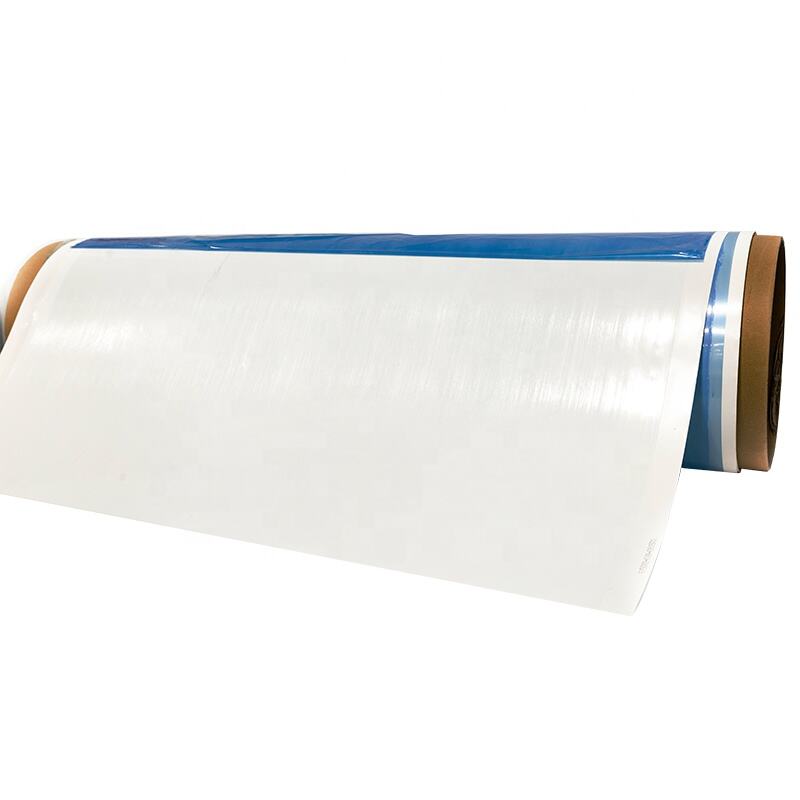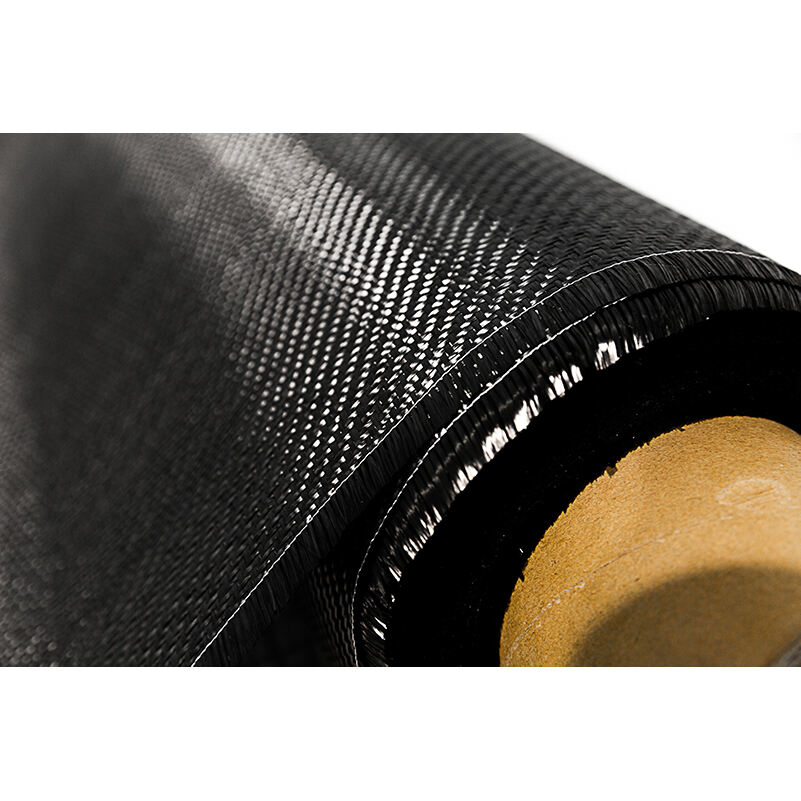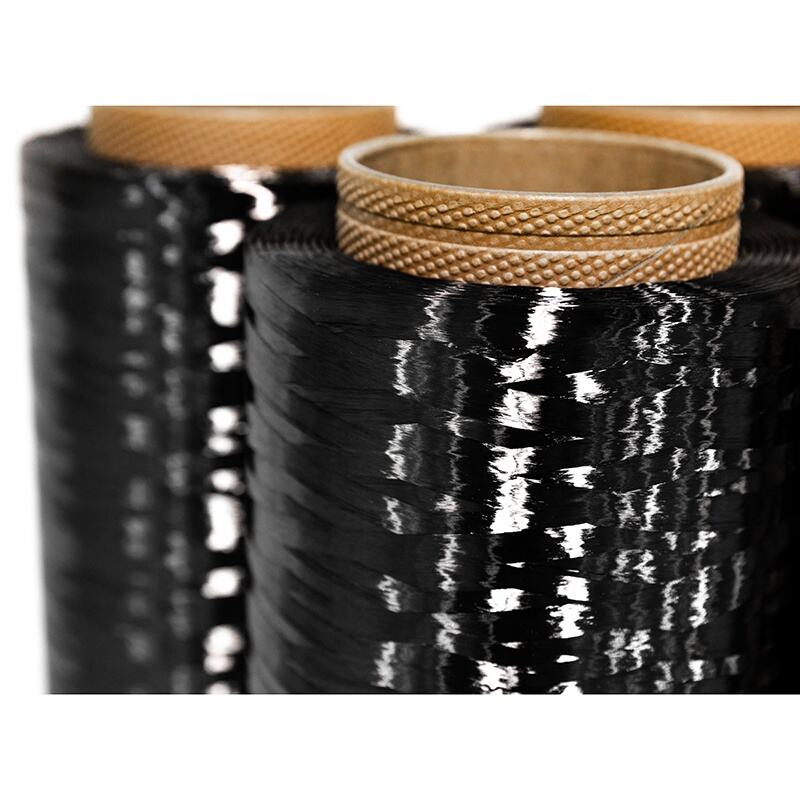carbon fiber for aircraft
Carbon fiber for aircraft represents a revolutionary material that has transformed modern aviation engineering. This advanced composite material combines exceptional strength with remarkably low weight, making it an ideal choice for aircraft construction. The material consists of thin, strong carbon filaments woven together and typically embedded in a polymer matrix. In aircraft applications, carbon fiber composites are extensively used in primary structures, including fuselage sections, wing components, and tail assemblies. The material's high strength-to-weight ratio allows for significant weight reduction compared to traditional metallic materials, translating to improved fuel efficiency and increased payload capacity. Modern aircraft manufacturing processes utilize automated laying techniques for carbon fiber components, ensuring precise fiber orientation and optimal structural performance. The material also demonstrates excellent fatigue resistance and corrosion immunity, contributing to reduced maintenance requirements and extended service life. Additionally, carbon fiber's thermal stability and low thermal expansion characteristics make it particularly suitable for aerospace applications where temperature variations can be extreme. The integration of carbon fiber in aircraft design has enabled manufacturers to create more aerodynamic shapes and complex geometries that would be difficult or impossible to achieve with conventional materials.


